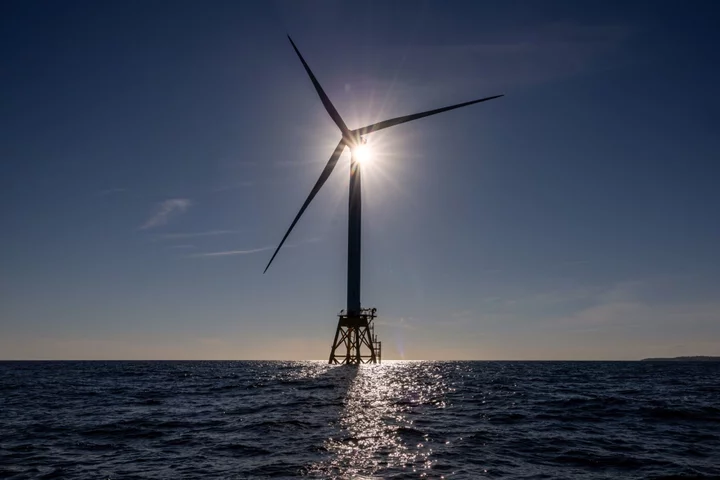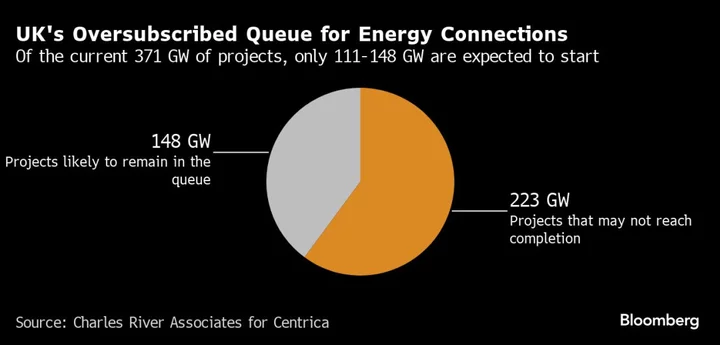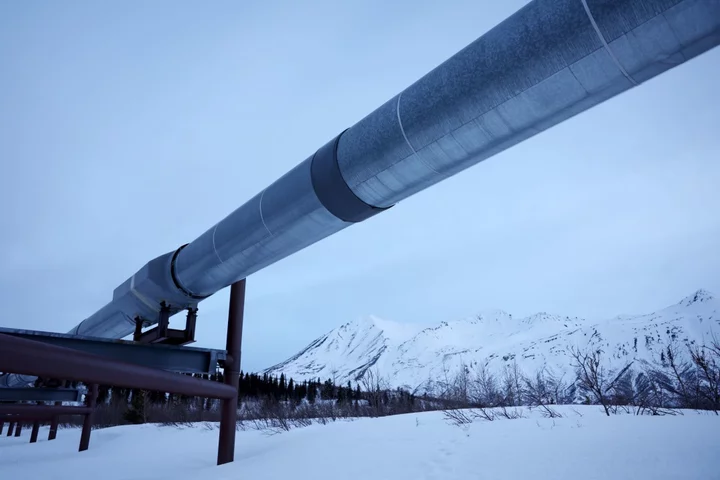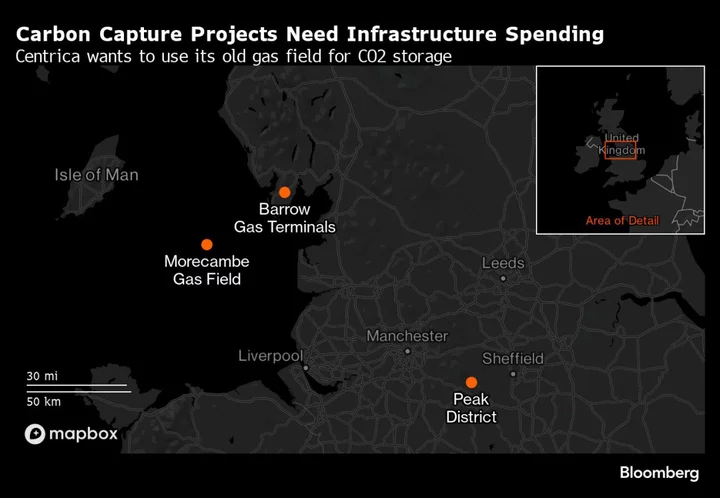Building wind farms off Atlantic Canada’s coast would be a game-changer that transforms the region into an “energy superpower” and boosts the country’s climate goals — if Canada gets more ambitious.
That’s the message from prominent Canadian policy expert Peter Nicholson, who highlights the benefits of offshore wind for the country in an upcoming Public Policy Forum report.
“Canada needs to turn its inexhaustible wind resource into infinitely renewable electricity,” Nicholson wrote in the report to be released Monday by the nonpartisan research group. “That will require a new level of ambition, even audacity.”
Harnessing powerful gusts along the shores of Canada’s eastern provinces would create decades of economic momentum, generate clean energy for North American electrical grids and help Canada reach its goal of net-zero emissions by 2050, Nicholson said in the report.
The push to encourage such renewable energy developments to Canada comes as the US offshore wind industry grapples with challenges and setbacks for projects along the US East Coast, with rising material costs and a run-up in interest rates undermining the efforts. Two projects are under construction near Massachusetts and New York while more than a dozen others are planned in US waters — though developers have sought to renegotiate contracts and threatened to walk away from some ventures.
Canada doesn’t have a single offshore wind turbine, even though such renewable energy sources have been long established in the North Sea. Europe, Asia and the US have committed to significant development of offshore wind, while China has become the market leader.
“Offshore wind could be for Atlantic Canada what oil was to Texas or hydropower to Quebec,” said Nicholson, who’s also board chair of the Canadian Climate Institute. “We are talking here not of something incremental, but monumental.”
Read More: Wind Power Seen Growing Ninefold as Canada Cuts Carbon Emissions
The Atlantic provinces need much more transmission capacity connecting the region with eastern Canada and the US for such an opportunity to be realized, according to Nicholson.
There are multiple potential sites for offshore wind throughout Atlantic Canada’s coast and the Gulf of St. Lawrence, he said. The most promising appear to be on the Scotian Shelf southwest of Nova Scotia, specifically the Middle Bank and Sable Island Bank – two large, ice-free areas with water depths of less than 60 meters (200 feet) that would allow turbines to be fixed on the seabed.
Sable Island Bank could accommodate at least 1,000 offshore turbines, enough to generate about 70,000 gigawatt-hours of electricity a year — capable of powering 6.5 million Canadian homes or almost twice the annual power consumed in Atlantic Canada, according to Nicholson.
The economic benefits would be generational, he said. For example, 15 gigawatts of offshore wind would create an average of 30,000 direct jobs annually during construction and installation, and about 1,200 permanent jobs for operation and maintenance. That doesn’t include work for engineers, planners or research and development, nor jobs created by the supply chain.
What’s more, offshore wind has a low carbon footprint, with Nicholson noting that a one-gigawatt facility sufficient to power about a third of Atlantic Canada households would generate emissions equal to just 10 gasoline-fueled cars annually. Still, such technology isn’t without environmental drawbacks: such projects can impact marine mammals, fish, birds and underwater flora.
Commercial feasibility will be heavily influenced by government initiatives, including several tax credits in the federal government’s 2023 budget, Nicholson said. Further support will be needed, such as contracts that give providers top-up payments if the market price for power falls below a fixed reference price. Canada must reform its “sclerotic” regulatory process to ensure project assessments are done as efficiently as possible, he said.
“A greater sense of urgency is needed,” Nicholson said. “The energy transformation is gaining momentum and long-term contracts for essential inputs are getting signed. A year’s delay today can translate into many years delay for project delivery.”









